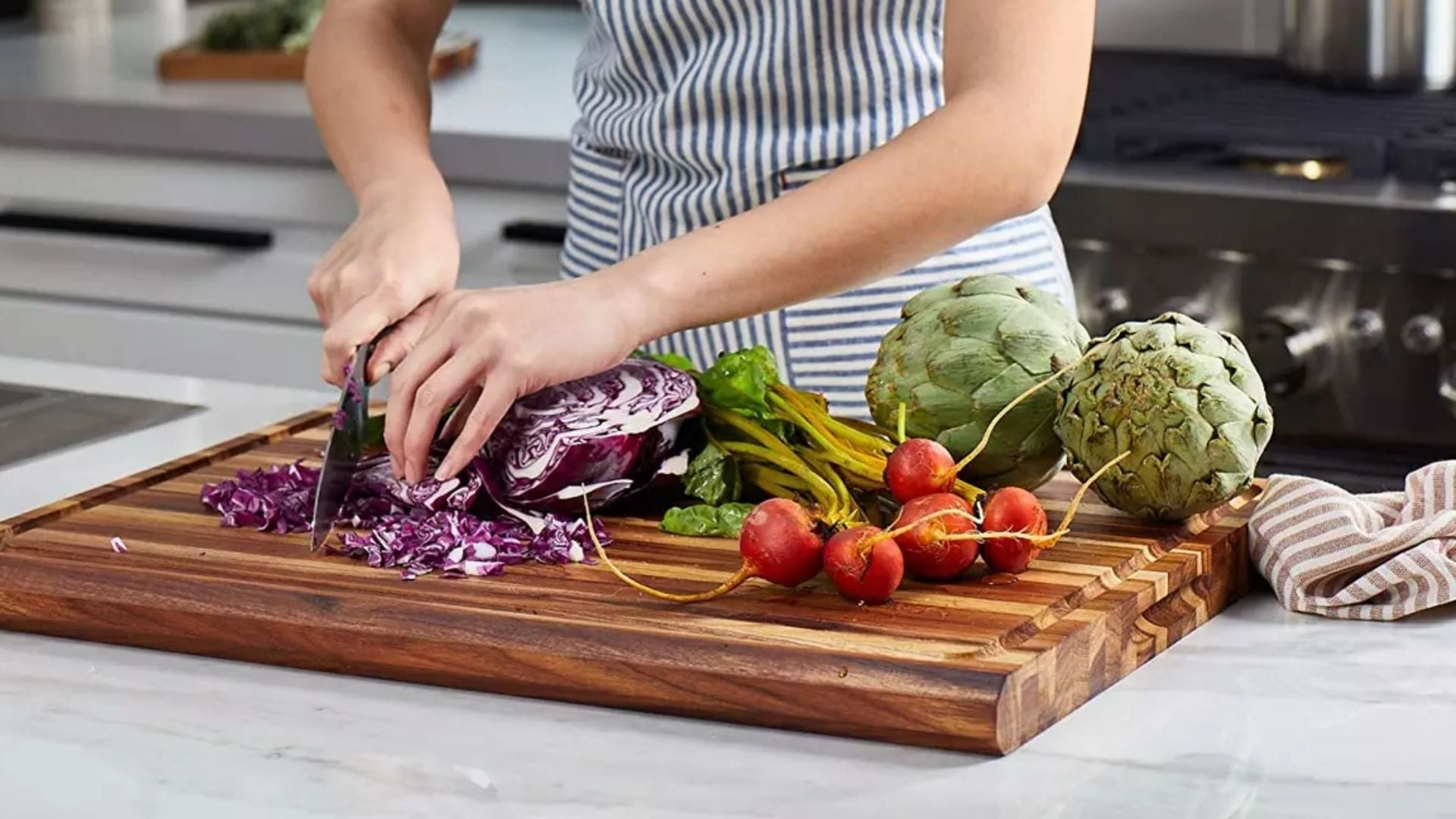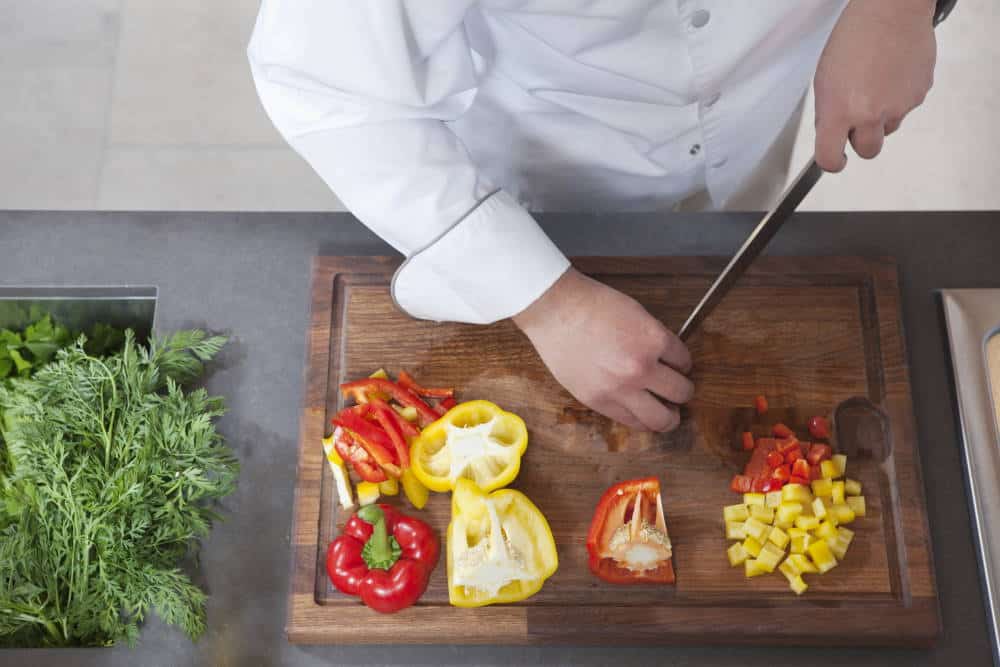As kitchen professionals, cutting boards are essential tools we use daily for meal preparationbe it for chopping vegetables, slicing meats, or prepping herbs. Have you ever stopped to think about which type of cutting board is the safest regarding hygiene, durability, and food safety? Making the right choice can significantly enhance the sanitary conditions in your kitchen, lowering risks for you and those you serve.
Given the variety of materials availablewood, plastic, glass, and bambooits important to thoroughly evaluate the advantages and drawbacks of each type. This article will help you navigate this vital decision while keeping safety and practicality in focus.

Why is Cutting Board Safety Important?
Understanding cutting board safety is crucial in preventing cross-contamination in the kitchen. Whether youre in a professional environment or cooking at home, mishandling cutting boards can lead to dangerous foodborne illnesses. Contamination is most likely to occur when bacteria from raw meats, poultry, or seafood find their way onto fruits, vegetables, or cooked dishes.
The material used for cutting boards and how you maintain them play a significant role in minimizing these risks. Some materials have antibacterial properties, while others may be challenging to clean, increasing the potential for bacteria to thrive. Lets review the types and discover what type of cutting board is safest for your needs.
Plastic Cutting Boards: Convenient but Cautionary?
Plastic cutting boards are a popular choice due to their affordability, lightweight design, and dishwasher-safe capabilities. Commonly made from polypropylene or polyethylene, these boards are often found in both commercial and home kitchens. But do they truly represent the safest option?
Benefits of Plastic Boards
- Simple to clean: Being dishwasher safe is a significant plus for busy kitchens.
- Non-absorbent: Unlike wood, plastic doesnt soak up liquids, which may help in reducing bacterial spread.
- Cost-effective and easy to replace.
Drawbacks of Plastic Boards
- Susceptible to knife marks: These cuts can harbor bacteria and remain even after thorough cleaning.
- Can warp under high heat, especially in dishwashers, compared to bamboo or wood.
- Environmental concerns: Plastic boards are not eco-friendly.
Discover more about plastics impact on food safety.
Wooden Cutting Boards: A Time-Honored Choice
Wooden cutting boards have been the go-to option for many chefs around the globe. Typically made from hardwoods like maple, walnut, or oak, they are known for their appeal and functionality. But does their tradition guarantee safety?
Advantages of Wooden Boards
- Natural antibacterial properties: Certain woods inhibit bacterial growth thanks to their structure.
- Long-lasting: Wooden boards often resist knife marks better than plastic, making them a safer long-term investment.
- Aesthetic value: They can elevate the look of any kitchen.
Disadvantages of Wooden Boards
- Care requirements: Regular conditioning with mineral oil is necessary to keep wood from cracking.
- Moisture absorption: Improper cleaning can lead to bacteria retention.
- Not dishwasher safe: This can make cleaning a bit more involved.
Learn how to make and care for wooden cutting boards.
Glass Cutting Boards: Style or Safety Risk?
Glass cutting boards are often marketed as non-porous and easy to clean. Theyre aesthetic and dont harbor bacteria. However, is their practicality suitable for the professional kitchen?
Pros of Glass Boards
- Non-porous: They dont allow liquids or bacteria to penetrate the surface.
- Easy sanitation: Most glass boards are dishwasher-safe and heat-resistant.
- Durable against stains and odors.
Cons of Glass Boards
- Blade dulling: Glass can quickly blunt knife edges, leading to greater maintenance costs.
- Fragility: Though resilient to a point, they can shatter under certain circumstances.
Explore more about different cutting board materials.
Bamboo Cutting Boards: The Eco-Friendly Option?
Recently, bamboo cutting boards have gained popularity due to their sustainable properties and appealing design. But do they meet the safety standards needed in a professional setting?
Advantages of Bamboo Boards
- Environmentally friendly: Bamboo is a renewable resource, making it a sustainable choice.
- Hard surface: Less likely to get knife marks compared to plastic.
- Antimicrobial: Bamboo possesses natural resistance to bacterial growth.
Disadvantages of Bamboo Boards
- Hard material: They can be tough on knives, potentially dulling them faster.
- Maintenance required: Like wooden boards, they need periodic oiling.
Get tips to prevent cross-contamination with cutting boards.
Summarizing Key Takeaways
So, what type of cutting board is safest? Your answer largely depends on your specific needs and willingness to maintain them.
- If cleanliness is your top priority: Plastic boards can work, but replace them regularly.
- If youre after natural properties: Wooden or bamboo boards are excellent, given proper maintenance.
- Glass boards are best avoided in busy kitchens due to their effects on knife sharpness.
FAQs About Cutting Board Safety
1. How often should cutting boards be replaced?
Plastic boards should be replaced when deep scars form. Wooden boards can last for years with the right care.
2. Can I use the same cutting board for raw meat and vegetables?
It is advisable to use separate boards to prevent cross-contamination.
3. How do I sanitize cutting boards?
Wooden boards can be disinfected with white vinegar and should be dried well, while plastic boards can go through the dishwasher for thorough cleaning.

Final Thoughts
Learn how to care for your cutting boards and explore non-reactive cookware options.
This article contains affiliate links. We may earn a commission at no extra cost to you.






Leave a comment
This site is protected by hCaptcha and the hCaptcha Privacy Policy and Terms of Service apply.